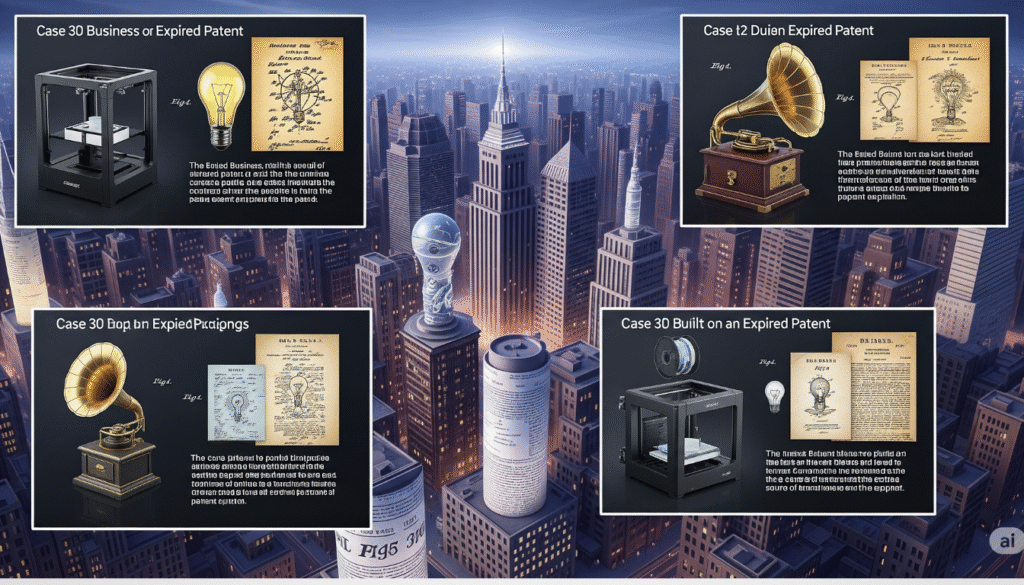See real-world examples of companies that turned expired patents into successful businesses and products.

Why Case Studies Matter
Expired patents are not just theoretical opportunities—they’ve been the foundation for real success stories. By studying these examples, you can learn strategies, pitfalls to avoid, and ways to adapt similar ideas for your own business.
Case Study 1: The Modern Safety Razor
The original safety razor patent, once owned by Gillette, expired decades ago. Small manufacturers seized the opportunity, producing razors at a fraction of the price. By focusing on eco-friendly materials and subscription blade services, some startups built multi-million-dollar brands.
Key takeaway: Add a unique twist—like sustainability or direct-to-consumer delivery—to differentiate your product.
Case Study 2: Portable Camping Stove
A Japanese company patented a lightweight camping stove in the 1990s. After expiration, outdoor gear startups began producing improved versions with faster heating and compact folding designs. Many gained traction by marketing to hikers and survivalists through social media.
Key takeaway: Identify niche audiences and market directly to them.
Case Study 3: Ergonomic Office Chair
An ergonomic chair design, once protected by a major office furniture company, entered the public domain. A small European manufacturer upgraded the materials, added adjustable lumbar support, and targeted remote workers during the post-2020 work-from-home boom.
Key takeaway: Pair an expired invention with current lifestyle trends.
Case Study 4: Water Purification System
An expired patent for a compact water filtration device became the base for an NGO-backed initiative to provide affordable clean water in rural areas. The design was modified for easier maintenance and local manufacturing.
Key takeaway: Public domain inventions can be adapted for social impact as well as profit.
Pro Tip: When researching expired patents, look for products that had proven market traction before protection ended—these are often easier to revive successfully.